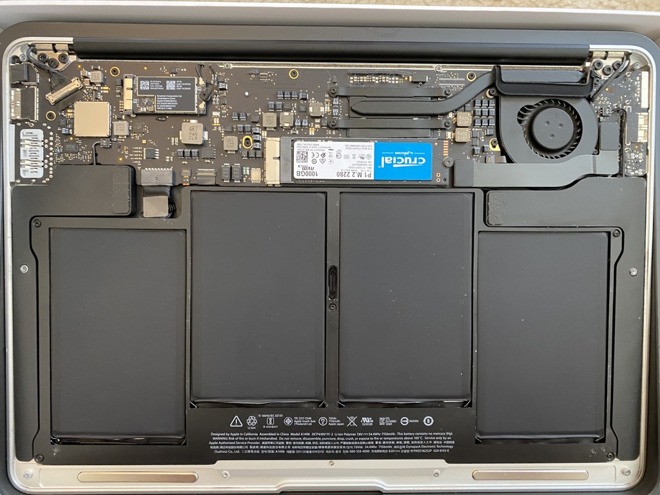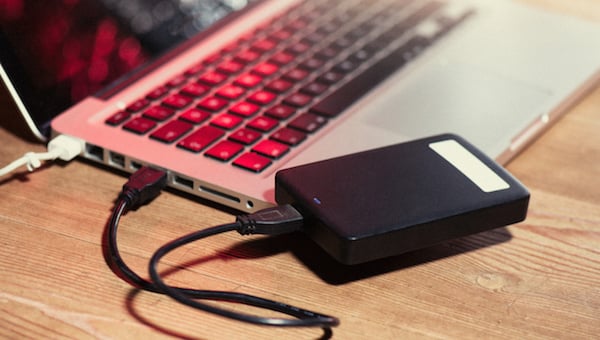

Even next-gen consoles are getting into the action, with a selection of the best SSDs compatible with the PS5 now available. With all of these advantages, it's easy to see why solid state drives have become the default choice for gamers - and indeed computer users in general. Some SSDs are also extremely compact, slotting right into your motherboard, removing the need to run data or power cables to them. SSDs operate completely silently and are more resistant to damage from magnets or drops, thanks to their lack of moving parts. Of course, there are other advantages to solid state drives too. If you're noticing hitching - minute stutters that often occur when entering a new location - this problem could also be solved by upgrading to a faster storage solution. For games that require frequent loading for new areas, like Skyrim and Fallout 4, or titles with very long initial load times, like Grand Theft Auto 5, using an SSD saves you a ton of time and prevents interruption to the flow of the game. More expensive NVMe SSDs reduced load times even further. In fact, in our extensive testing of five different drives, we found that upgrading to an SSD - even a budget model - reduced game load times by up to 60 per cent compared to even modern, high-performance HDDs.

We found that upgrading to an SSD reduced game load times by up to 60 per cent. Switching from a mechanical hard drive to a solid state drive will cut game load times dramatically and there are further gains to be made when switching from an entry-level SATA drive to a faster NVMe SSD. The most demanding tasks will see the biggest improvements, and nowhere is this true more than in games. Using an SSD as your boot drive will make your computer faster to start, while installing programs to an SSD will mean they will start faster and be more responsive too. There are quite a few good reasons, but almost all of them come down to speed. Before we get into the actual drives that we recommend, let's cover the basics: why are SSDs actually worth their higher cost per gigabyte than traditional hard disk drives? We've seen even more significant price drops for fast NVMe drives, making them a much better value for money option than ever before.

At the beginning of 2018, a 512GB Crucial MX500 drive cost around $140 now, the same drive costs $60 - and it was $10 cheaper before the current human malware pandemic. On the back of falling flash memory prices, SSDs have become significantly more affordable over the past few years.


 0 kommentar(er)
0 kommentar(er)
